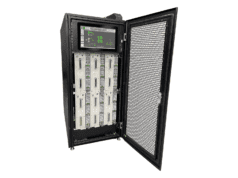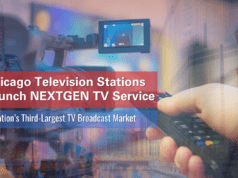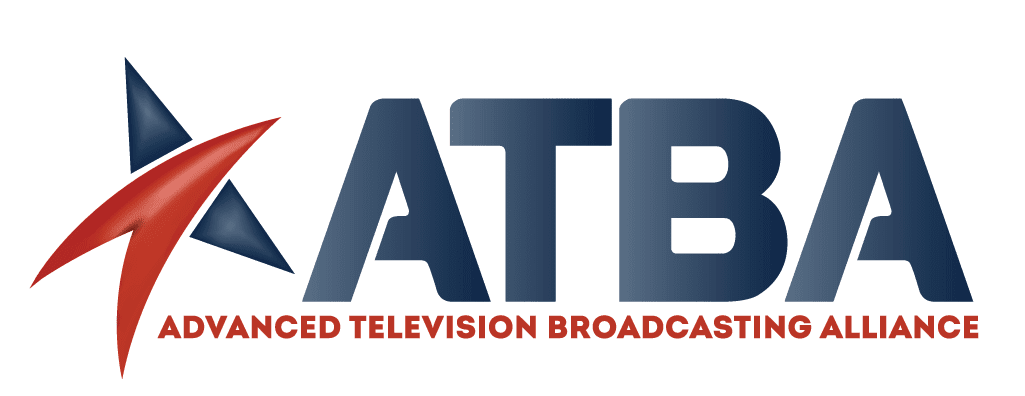This is the year that ATSC 3.0 will reshape the TV landscape in the U.S. It’s a massive overhaul for antenna-based TV (also known as over-the-air, or OTA, TV), but its impact may extend well beyond the realm of TV reception. If you think the days of paying attention to broadcast TV are over, you should read on.
ATSC 3.0 (formally known by the catchier NextGen TV moniker) upgrades our existing antenna TV system by establishing a new technical framework for how those TV signals are created, broadcast, and received. It supports higher resolutions like 4K and possibly 8K, along with much better sound. It’s also intended to work hand-in-hand with internet access to provide a richer, more interactive experience. There’s even the potential for ATSC 3.0 to replace some uses of mobile data, especially within the automotive world.
Here’s what you need to know about ATSC 3.0.
What is ATSC 3.0?
ATSC 3.0 is the latest version of the Advanced Television Systems Committee standards, defining how exactly television signals are broadcast and interpreted. OTA TV signals currently use version 1.0 of the ATSC standards, which were introduced all the way back in 1996, initiating the switch from analog to digital TV that was finalized in the U.S. in 2009.
Find out more at digitaltrends.











